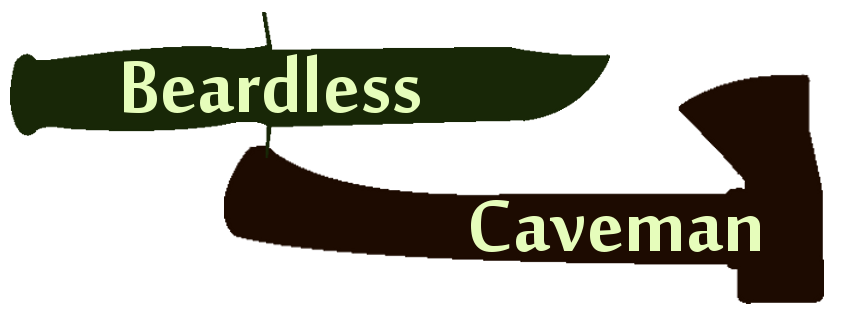As I have mentioned in my first post, I am a business professional. More specifically, I am a marketer. Truthfully, the purpose of this blog (for me) was about learning the importance of branding and learning how to integrate multiple social media platforms to market a brand. The use of outdoors content allowed me to write about something that would not bore me to death and would also focus on something I am passionate about.
I would like to thank you for reading this blog and investing your time with me. I appreciate the comments and feedback, and I hope that I was able to teach you a thing or two about getting into bushcraft. I would like to express to you, my readers, what this blog has taught me and what I wish I could have done differently. During this time frame the most significant things I learned about were the importance of brand image consistency, content creation and driving/monitoring traffic.
- Brand Image Consistency: This blog has the same logo, and profile picture across all 3 platforms.This way people can associate the "Beardless Caveman" brand to an image and style. Additionally, all of my platforms link to each other and have a relatively easy flow between them.
- Content Creation: Possibly the toughest part of this blog project was generating consistent content that would capture a readers attention. It is a time consuming task that is not as easy as you might think it is. Captivating content is what keeps readers and brand participants drawn in, and if you are not producing it, they will not remain loyal.
- Driving/Monitoring Traffic: Bringing people from the outside communities to an American bushcrafting blog (where bushcraft is essentially non-existent) is wicked tough. It required several tweets and updates on my all social media channels.
My biggest regret with this project was simply being spread too thin. With all of the projects and things I balance between my two jobs, full course load, personal life and still finding time to sleep, it was hard to dedicate as much time to this project as I would have ideally liked.
In conclusion I thank you for the time and interest you have dedicated into reading my blog. I hope I was able to shed a little light into the world of outdoors bushcrafting and survival. Please remember to conserve wildlife where ever and whenever possible!









